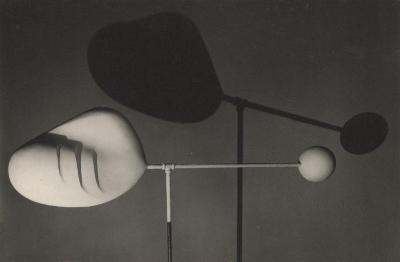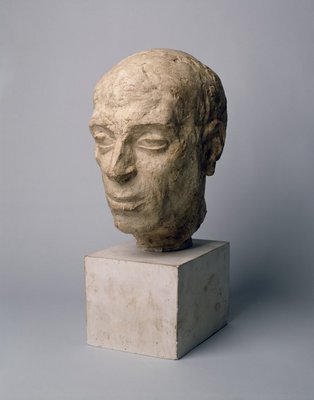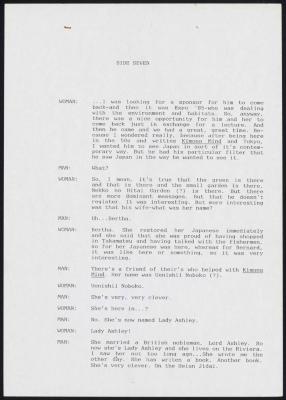Isamu Noguchi interviewed by Kazue Kobata. Part 12 of 13.
August 25 1986
Identifier
AV_CTE_004G_1986_02
Duration
1h 2m 31.0s
Description
Buckminster Fuller - Noguchi considered him a visionary - circumstances of his death - Arthur Koestler. Noguchi’s process and work in situ - began with interest in gardens - stone as a final medium - appeal to Noguchi because of its uncertainty. Bollingen Foundation - book on leisure - the idea of place. Endurance of stone - belonging to another time - different sense of duration. Juxtaposition between Noguchi’s uncertainty and search for certainty. Ronald Reagan and contemporary Cold War politics - nuclear disarmament. Becoming part of the stone - fragmentation of matter - going beyond craft - seeing beyond the conventional. Possibilities of sculpting - with bombs, with dynamite - Vietnam, Mount Rushmore. Relatives and correspondence - Emmanuel Swedenborg - discussion of Swedenborgianism. Akari - Gifu - Noguchi’s interest in light - Musical Weathervane (118A). Imitation Akari. The Writing of Stones - Roger Callois. The life of stones - their place in the universe - changes that stones go through are like the changes that people go through. Duration of stone. Stones in Greece, Japan, China, Italy - their different qualities and characters. The bare land of the ancient Greeks - heroes and mythology - situation creates necessity - necessity that comes from mistakes - coping with struggle. Collaboration with stone - as opposed to clay, which is imposed upon. Fairy tales - preparation in childhood - happiness and childhood. Dynamic tension between art and nature mirrors tension between being and becoming - work of the artist is to be difficult and to do what is difficult. Limit of intellectual understanding - the problem of mortality. Relationship between security and fear - the profitmindedness of Japan modeling itself on America - speculation in art. Desire to turn art into a security - monetary value displacing freedom for the artist. Akari. Family structure and cultural relativity - modernity and the nuclear family. Reflection on the artist temperament - Dr. Edward A. Rumely - Onorio Ruotolo - learning to unlearn his representational skills - producing busts in the 1930s. Constantin Brancusi - academic training and unlearning - education of the artist. Noguchi’s last work on busts - Jawaharlal Nehru (285) - Sukarno (285.01).
Creator
Collection



